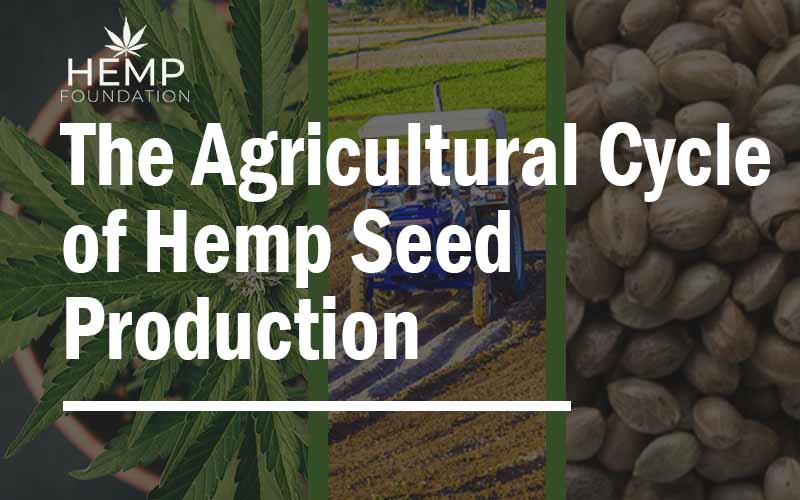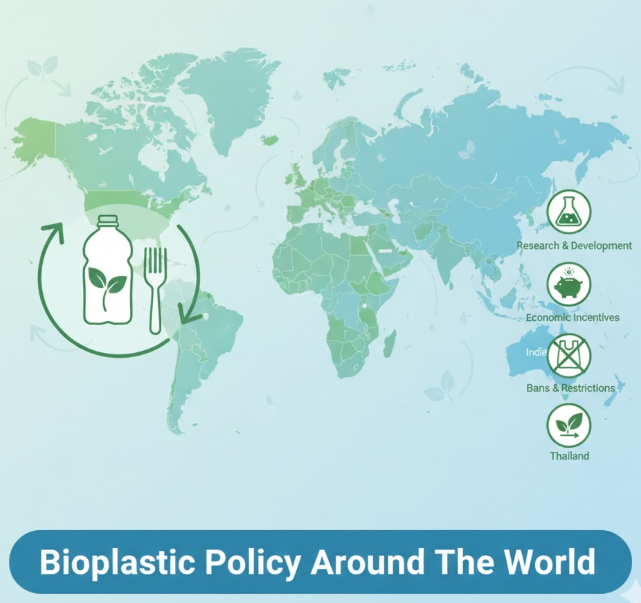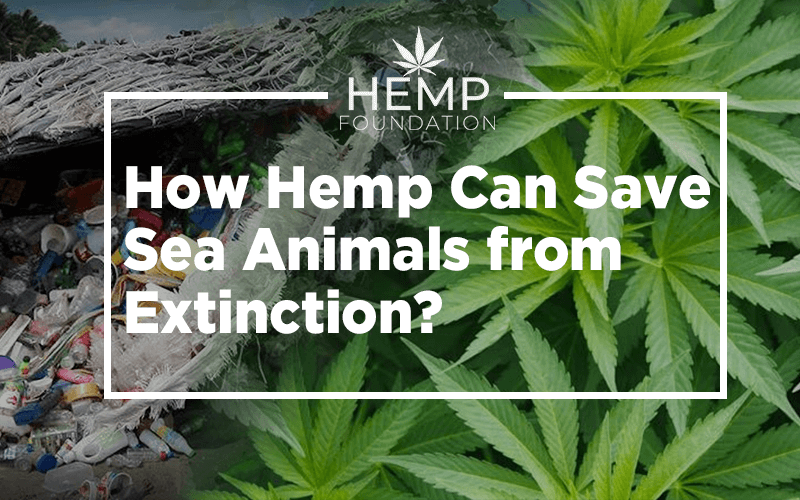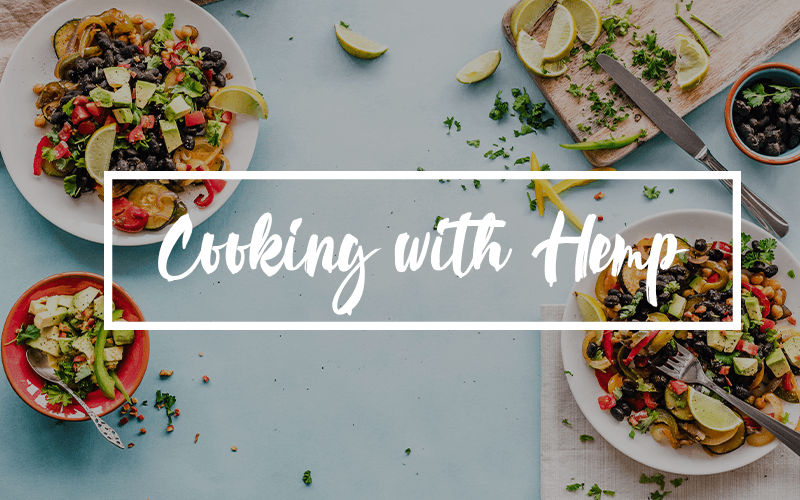The Agricultural Cycle of Hemp Seed Production
Hemp has been in human use since 8,000 – 10,000 years ago. It is a fairly easy-to-cultivate plant that grows in most kinds of soils and environments. Extreme desert conditions and high mountain altitudes are the two soil, and climatic conditions not suitable for hemp farming.
Basic Dos and Don’ts of Hemp Farming
Hemp is a versatile plant with an array of uses in different sectors. From nutrition to bioplastic, from eco-friendly clothes to biodiesel – hemp can offer a lot. However, this versatility also implies some dos and don’ts in hemp cultivation.
Test Your Soil
Hemp is exceptionally good for phytoremediation, which means decontaminating the soil of harmful substances. It would be contextual here to recall the role of hemp post the Chernobyl disaster of 1986. Following an accident at the nuclear plant at Pripyat, Ukraine, hemp was used for the phytoremediation of the soil.
In Puglia, Italy, hemp has been planted since 2012 to decontaminate the soil surrounding the Ilva steel plant. Toxic emissions from this biggest steel plant of Europe has poisoned the soil so badly that livestock grazing is prohibited within a 20-kilometer radius of the plant.
So, what does this phytoremediation ability of hemp imply in the current context? The answer is simple. If you intend to grow hemp for seed use, make sure that the soil where you grow it does not contain harmful minerals and chemicals. Your hemp plants would absorb it all.
The Chernobyl exclusion area
Sow Seeds Directly in the Soil
It is best to sow hemp seeds directly on the ground where you want to grow them. Sowing them in pots for later transplantation into the soil does not really work. Hemp plants grow fast and outgrow pots all too soon.
Grow Hemp Organically
Naturally resistant to pests and diseases, hemp is a prime candidate for growing organically. It does not normally need any extra nutrition either as it is good at absorbing nutrients from the soil. The growth rate of hemp outpaces other weeds, eliminating the need for herbicides or de-weeding by hand.
All of these norms are applicable to hemp farming in any country in the world.
Cultivating Hemp for Seed Use and Fiber Use
There is a significant difference between the cultivation processes of hemp grown for the use of seeds or flowers and those cultivated for fiber use. Hemp seeds are highly nutritious and popular as dietary supplements by themselves or in food products using hemp seeds.
Hemp Seed Oil derived from hemp seeds and CBD oil derived from the leaves and flowers of hemp are also in high demand for their range of health benefits. Plants meant for these markets get sown at a distance from each other, with a maximum of 1,000 to 1,600 plants per acre.
Plants meant for fiber use are grown much closer together. It is possible to cultivate 400,000 plants per acre with about 100 plants per square meter. This difference in the planting pattern is applicable anywhere in the world.
This variation in the cultivation processes results in differences in the plants in terms of height, time is taken for maturity, seed and oil content, and fiber content. Hemp meant for fiber use grow taller with little or no branches. They contain 15 to 25 percent bast fibers.
Hemp meant for seed, leaf, and flower use are shorter with many branches. Hemp seeds typically contain 30 to 35 percent oil. This article focuses exclusively on the agricultural production cycle of hemp meant for seed use.
Stages in the Agricultural Cycle
The first stage in the agricultural cycle of any plant is soil preparation. Hemp can grow in most soil types. However, they grow best in loose and deep organically rich soils such as fertile loams.
Seedbed Preparation
For maximum germination rate, hemp needs good seed-to-soil contact. A firm, level, and comparatively fine seedbed is good for hemp. The kind of seedbed required for any standard cereal crop is what hemp also ideally needs. Tilling the soil is important to achieve uniformity.
It is also important to ensure that the soil is not too moist so that there is no compaction problem. Hemp does not grow well if the soil is too wet. It is possible to apply lime and fertilizers several months before sowing to get the soil ready for hemp.
Sowing the Seeds
The ideal timing for sowing hemp seeds varies from country to country. What is common is the sowing depth. Experts advise that hemp seeds are to be sown at a depth of half to three-fourth inches. Conventional seeding tools are good for hemp sowing.
Air seeders or air presses, disk-pressed drills, hoe-press drills are the standard equipment used for sowing. In the case of using air seeders or presses, it is important to maintain a low air volume so that seeds don’t crack.
Hemp Seed Sowing Time: Canada
Only cultivars approved by Health Canada can be used for hemp farming in Canada. Government recommendations in Canada prescribe planting 100 to 125 plants per square meter if the purpose is seed production. That yields 18 to 23 pounds of grains per acre.
Mid to late May is the best time to plant hemp seeds for optimal grain yield. However, previous research and grower experiences reflect that there is reasonable yield even if the seeds are planted till mid-June.
Hemp Seed Sowing Time: Europe
Europe led the global hemp production till 2010 and France is still the world topper in hemp seed production. Different EU countries have marginally varied timings for the sowing of seeds.
The overall guideline is to sow hemp seeds once the temperature reaches 42 to 46 degrees Fahrenheit (6 to 8 degrees Celsius). That makes September to October the ideal time for sowing hemp seeds in most EU countries.
Hemp Seed Sowing Time: India
Hemp in India is not legal to grow across the country. The hilly state of Uttarakhand and Uttar Pradesh are currently the only two states with permission for hemp cultivation under government supervision. The best time to sow hemp seeds in these states is between October and February.
Hemp Seed Sowing Time: USA
The months of May and June are good for hemp seed sowing in most parts of the US. The overall guidance for the country is to sow hemp seeds when the temperature is around 50 degrees Fahrenheit (10 degrees Celsius).
Tending the Seeds
Hemp plants are adequately drought tolerant. However, they need to have sufficient moisture during the first six weeks. In most hemp-growing countries, the sowing time suggested ensures the natural availability of water. In case the weather is unusually dry, extra irrigation may be necessary.
Hemp also does not need much additional fertilization if the soil is already rich in natural nutrients. Pesticides and weeding are not necessary either, as already explained.
Harvesting
Hemp grown for seed use is ready for harvesting in 100 to 120 days from the date of sowing the seeds. Traditional harvesting with sickles is possible, of course, but most commercial productions use conventional combine machines.
It is critical to remember that hemp seeds start maturing from bottom up. Harvesting should begin once the seeds up to the medium height of the plant have matured. Seeds at the top may still be green. However, once mature, hemp seeds dry and shatter easily. That is why a balanced time is crucial for harvesting.
Seeds Storage
Drying the seeds for effective storage is the last essential part of the agricultural cycle. Belt conveyors are the most popular for drying hemp seeds to a moisture content of about nine percent. Hopper bins with aeration are the best containers for grain storage.





